Soil protection referendum now! Soil protection is town centre protection
When we talk about town centre protection today, we tend to think primarily of the townscape: settlement structures, architecture and the urban parterre, i.e. the ground floor zone, public spaces and inner courtyards.
Soil protection referendum now! Soil protection is town centre protection
- Title
Soil protection referendum now! Soil protection is town centre protection
- Date
12.09.2025
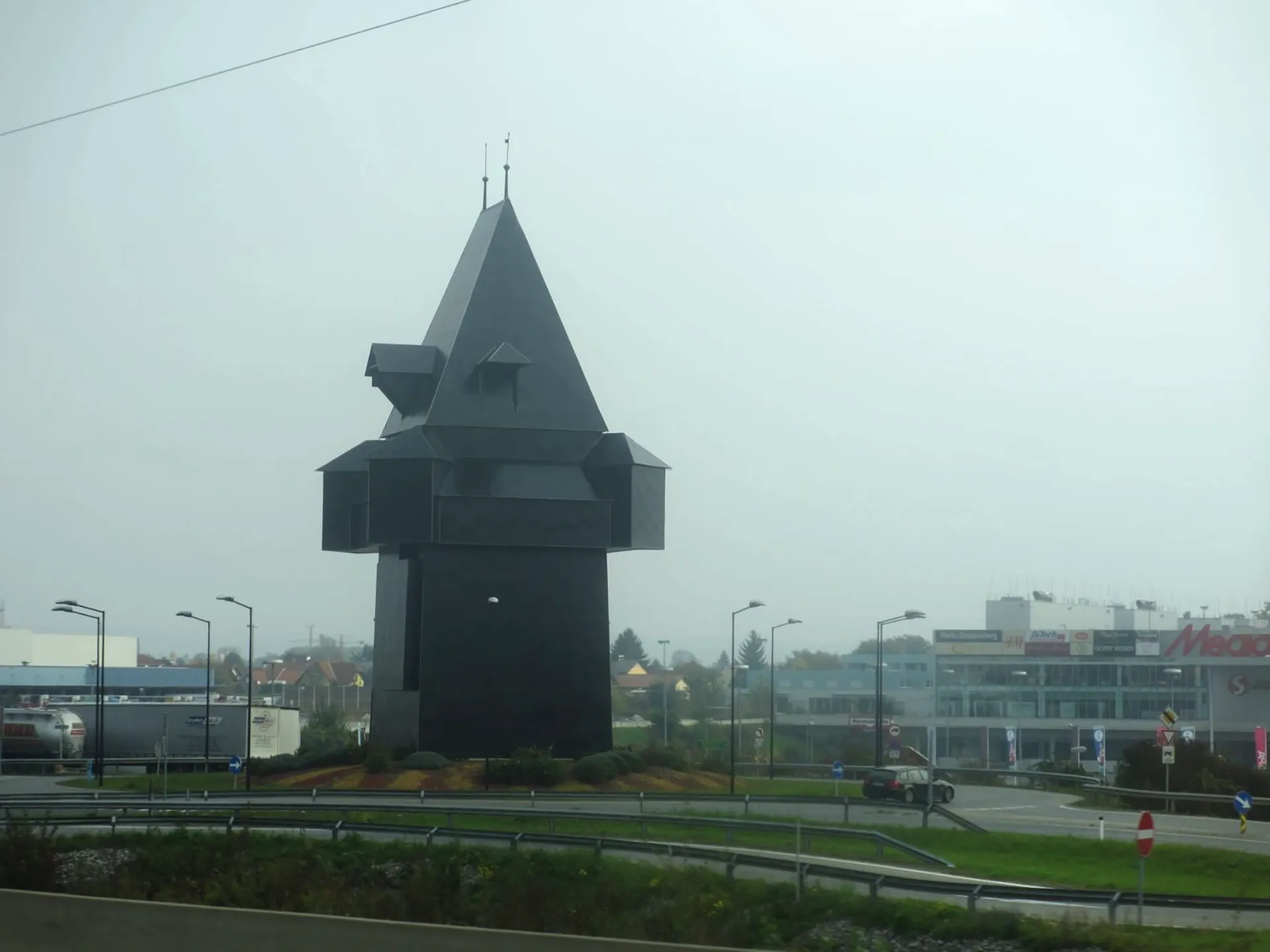
Shoppingcity Seiersberg near Graz, sculpture Clock Tower Shadow. Photo: © www.sagen.info/ Teresa
However, in addition to their spatial and design qualities, town centres also have a programmatic, social and cultural dimension. Town centres are central in the truest sense of the word: for our daily journeys, for local supplies and services, for our social and cultural life.
With the urban sprawl that has been progressing for decades, which has reached a highly alarming level in Austria far more than in other European countries, economic, social and cultural life has in many cases shifted to the periphery of our towns. Shopping and service centres, petrol stations and motorway service stations are now more important destinations for everyday journeys than town centres, which have largely lost their retail, catering and service offerings to the outskirts. Online shopping and social media have not only failed to halt the depopulation of town centres, but have further exacerbated it by shifting economic and social interaction to the virtual space.
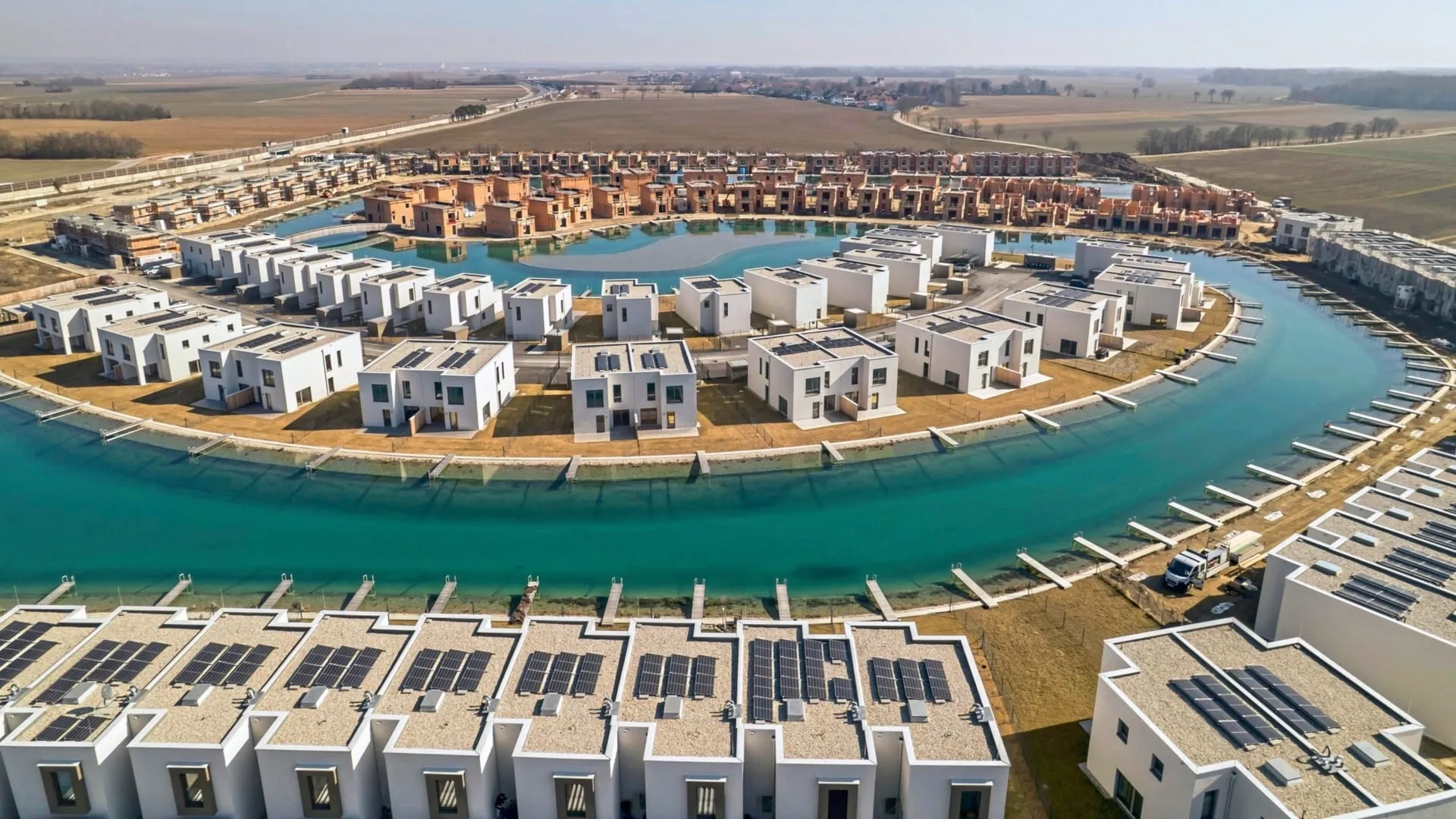
Sonnenweiher Grafenwörth. Photo: © Molnar Attila
Spatial planning
In addition to the automotive and virtual mobilisation of the population, the aforementioned urban sprawl can also be identified as a reason for the depopulation of town centres – which in turn is directly linked to the far too lax approach to spatial planning in Austria.
Unlike Germany and Switzerland, Austria has no federal spatial planning law – and therefore no federal regulations for balanced settlement and open space planning. In Austria, spatial planning is a matter for the provinces and municipalities: provinces enact spatial planning laws [1] and supra-local spatial planning programmes, while municipalities are responsible for local spatial planning concepts and land use zoning. This is in turn approved by the provinces. [2] Looking at the urban sprawl of our landscapes, neither the provinces nor the municipalities are adequately fulfilling their regulatory function in the context of spatial planning.
Building land zoning
As we know from media reports in recent years, the close relationship between landowners and local councillors is an unhealthy one. Favourable zoning decisions and personal enrichment through the rezoning of green space into building land cannot be ruled out. This is all the more true given that 70 per cent of the profit from building land zoning in Austria (taking into account property income tax) may be retained by the landowners. When you consider that the value of a plot of land increases on average 26-fold [3] when it is rezoned from greenfield to building land, this is not only a good deal, but a fantastic one.
The result of this decades-long policy is that we now have a 25 per cent surplus of building land [4] – in other words, a quarter of building land lies fallow due to building land speculation. Nevertheless, every second in Austria, one square metre of green space is rezoned as building land [5] – which amounts to an area larger than Lake Traunsee per year.
Soil sealing
However, the result of the excessive rezoning of building land is also that land consumption in Austria has reached a European peak. Every day, 11.3 hectares of land are consumed in Austria[6] – this corresponds to an annual land consumption of 41 km², which is the size of Lake Attersee. 5,648 km² of land have already been consumed in Austria today – this is slightly less than the area of the federal state of Salzburg. Half of this is sealed – an area the size of Vorarlberg and Vienna combined. [7]
It should be noted that permanent settlement areas in Austria account for only 37 per cent of the total land area. All our basic functions – living, working, recreation, education, mobility and all agricultural production – must be accommodated within this 37 per cent. [8]
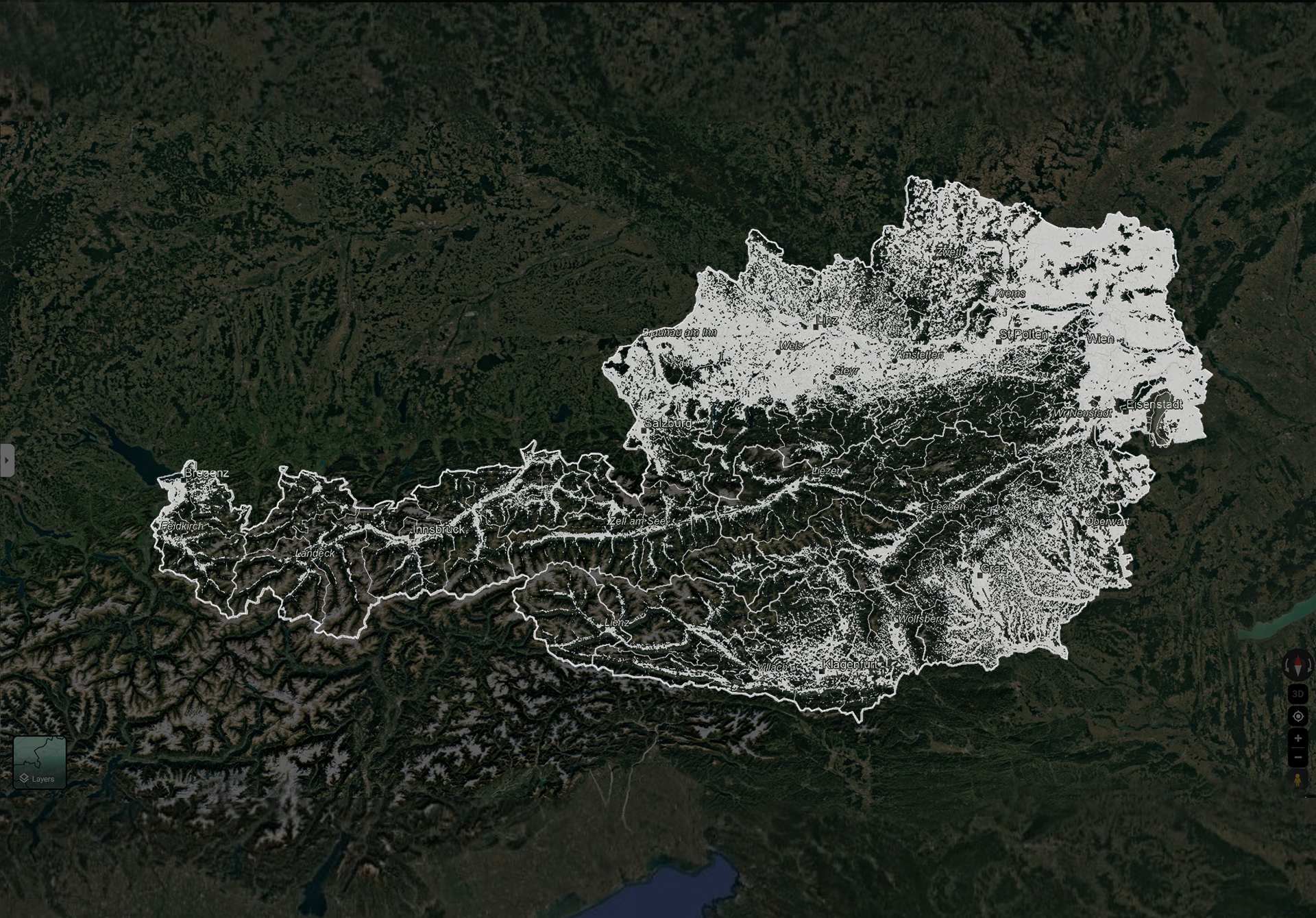
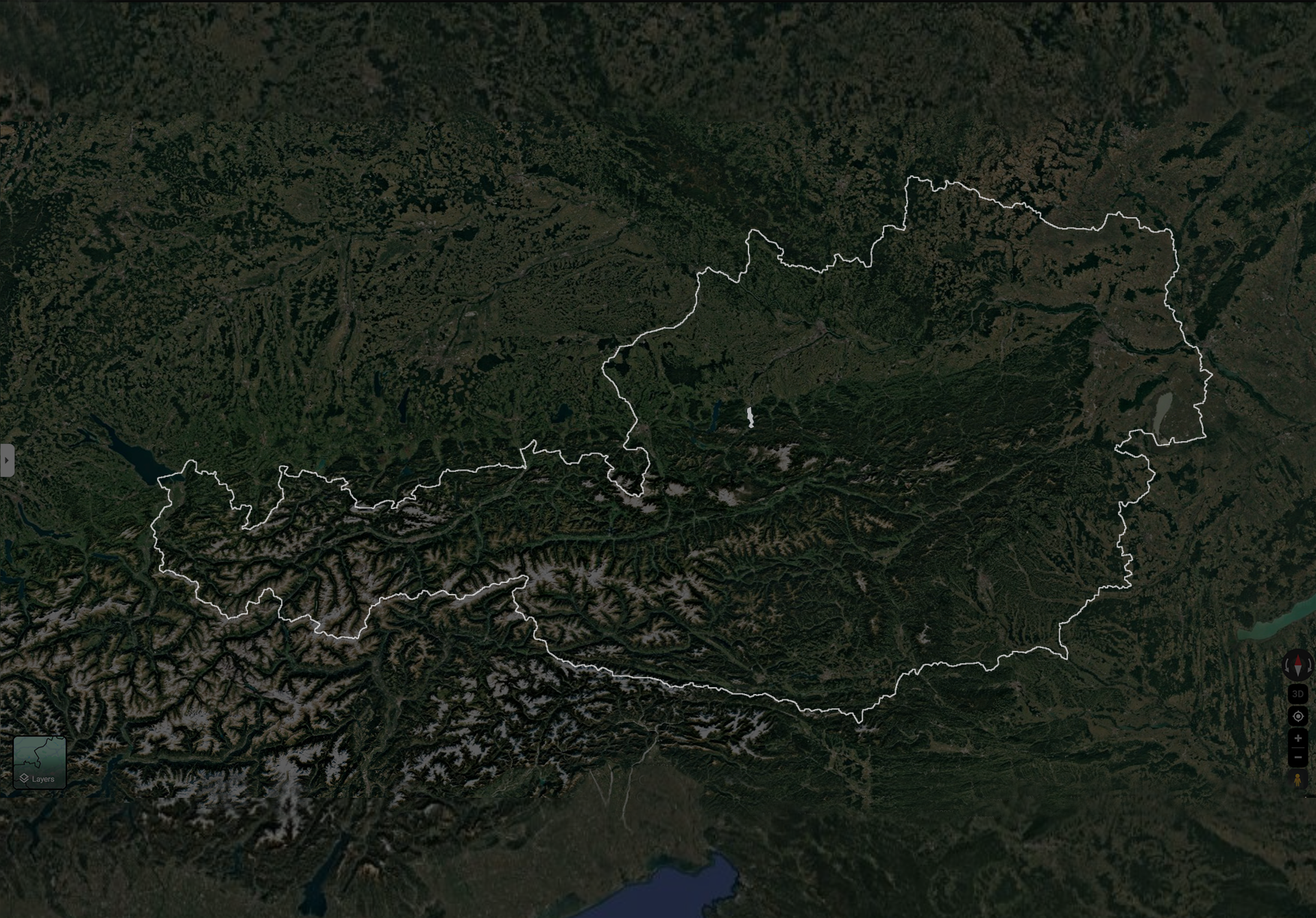
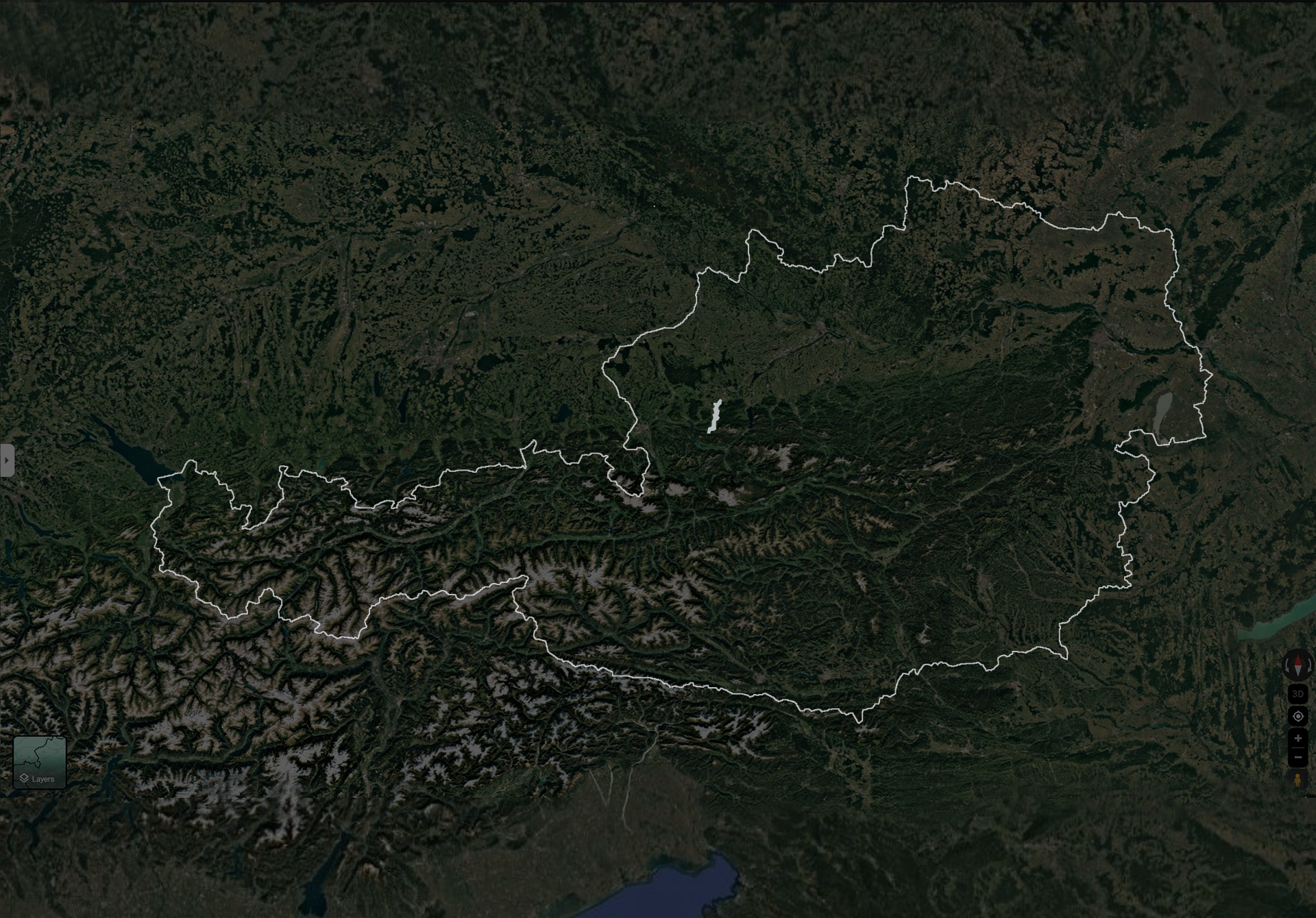

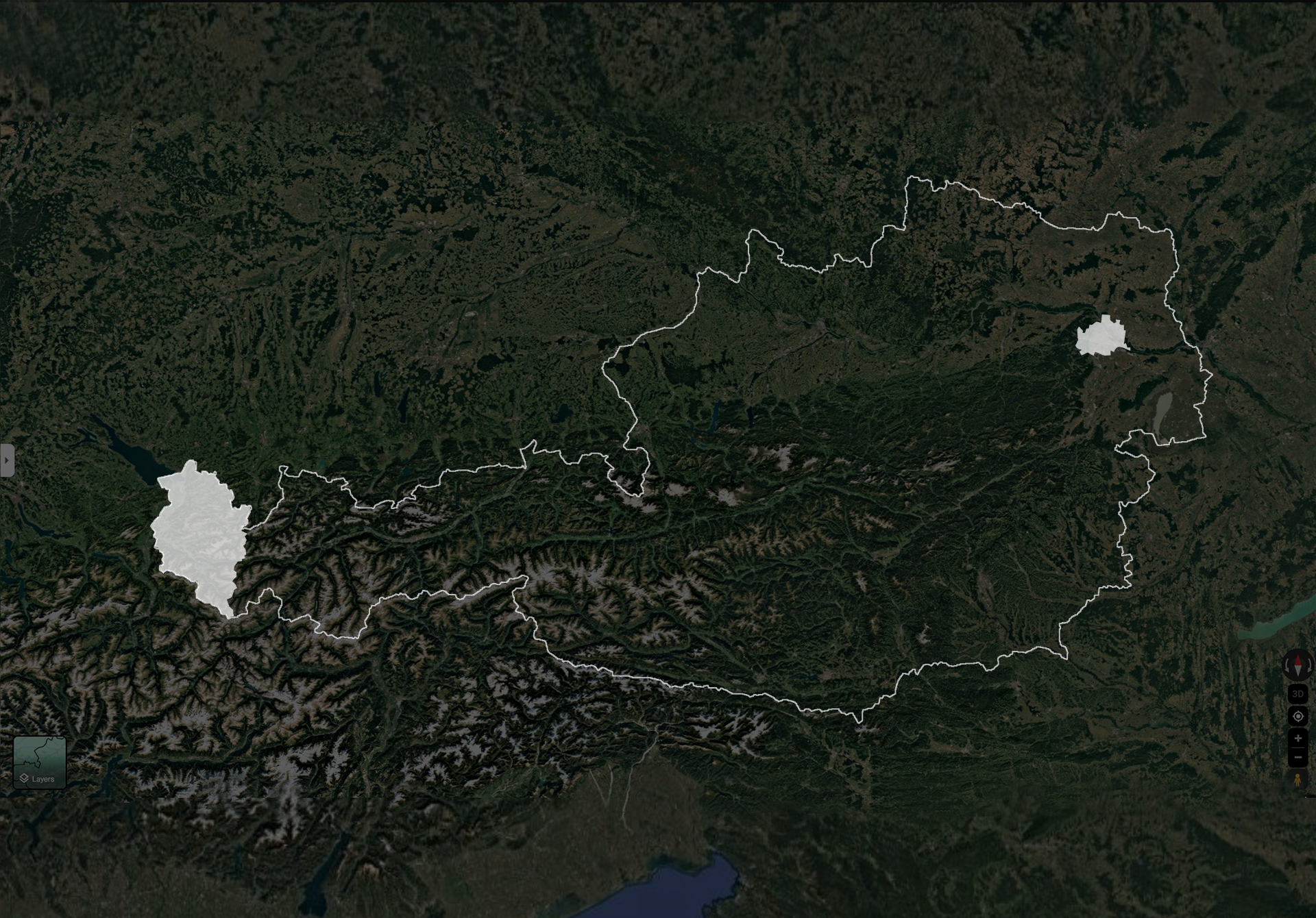

Only 37 per cent of Austria's total land area is suitable for permanent settlement.
Costs for the general public
However, sprawling settlement structures not only consume a lot of land, they also cost the general public a lot of money. On the one hand, the infrastructure of historical settlement structures – i.e. public transport, roads, canals, infrastructure pipelines – must be maintained and cared for, even though hardly anyone lives there anymore. In addition, the same infrastructure must be laid in the new development areas and maintained there as well. The result: Austria has the densest road network in the European Union, with an incredible 15 metres of road length per capita [9]. The costs incurred by the general public for the construction and maintenance of all this infrastructure can only be described as economic madness.
Security of supply
At the same time, high land consumption is posing a massive threat to security of supply in Austria: more than one sixth of the country's agricultural land is now built up. [10] The supply of food from Austria is already low due to a lack of arable land. For example, Austria has a supply rate of 85 per cent for grain, but only 50 per cent for fruit and vegetables. [11]
Brownfield sites
Austria's built-up area is growing three times faster than its population. [12] It is obvious that this also leads to an increase in vacant properties. According to estimates by the Federal Environment Agency, 40,000 hectares of industrial land in Austria are lying fallow – roughly equivalent to the area of Vienna.
Vacant buildings
Added to this is the number of vacant buildings: according to the 2021 register count by Statistics Austria, one in seven flats in Austria has no registered residents, meaning it is presumably vacant. That is 14 per cent of all flats, or 637,000 flats in total. [13],[14] An incredible 1.3 million people could move into Austria immediately if these vacant properties were activated. In addition to vacant residential properties, there are of course also vacant commercial and industrial buildings. Incidentally, there are no figures available for this in Austria.
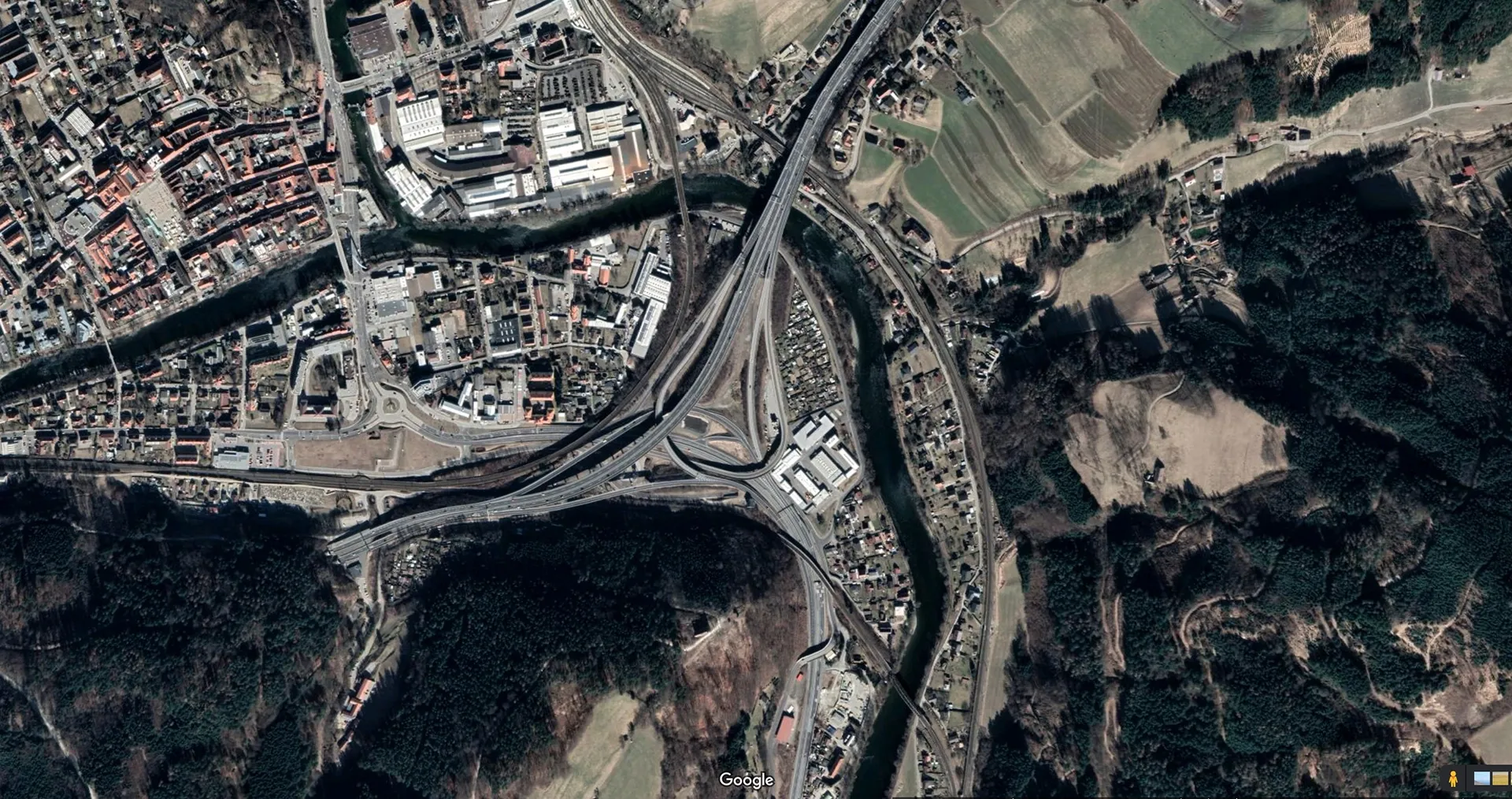
Bruck an der Mur. Picture: Google Maps
Best practice: Switzerland
In 2013, a referendum in Switzerland approved an amendment to the Spatial Planning Act with a two-thirds majority. Since then, the revised Spatial Planning Act has guaranteed more compact settlement development in Switzerland, which is achieved through the following measures:
Framework for building land designations: The federal government sets the framework for building land designations in the form of strict legislation. A sophisticated calculation model, which applies to all Swiss municipalities, is used to determine which municipalities have too much or too little designated building land.
Revocation of designation and designation freeze: In the event of a building land surplus, already designated building land must be rezoned; once the quota is reached, there is a zoning freeze on the outskirts of the town – and an obligation to increase internal density.
Reducing pressure: Although municipalities have lost autonomy in matters of spatial planning as a result of federal legislation, the pressure to designate building land has also been removed. Whereas municipalities were previously constantly exposed to demands for land use designations, the law now provides them with a much narrower framework. [15][16][17]

Soil protection referendum. Simulation: Fabian Wallmüller
Land protection referendum now!
In Austria, we are still a long way from the progressive spatial planning that has been practised in Switzerland for over ten years. If we recall how vehemently the provinces and municipalities rejected a binding upper limit of 2.5 hectares per day for land consumption in 2023, we are still years away from a referendum like the one in Switzerland.
However, according to a representative market study from 2024, 72 per cent of the Austrian population is calling for a binding upper limit on land consumption and stricter laws and measures against soil sealing. It is astonishing that these demands cut across all party lines – from 90 per cent approval among Green Party voters to 64 per cent approval among FPÖ voters. [18] Incidentally, 64 per cent of those surveyed believe that politicians are not doing enough to reduce land consumption in Austria.
Well then: if political leaders in Austria are too sluggish to protect the soil, then civil society should increase the pressure for political action with a referendum – one of the most powerful instruments of civil society in Austria: a referendum on soil protection now!
Goals of the referendum on soil protection
What would be the goal of the referendum on soil protection? Undoubtedly, the primary goal would be a binding upper limit or net zero consumption of land, as the EU is aiming for by 2050.
Furthermore, effective measures against soil sealing should be demanded: to protect soil, stop urban sprawl – and, last but not least, revitalise town centres. What measures can be taken to achieve these goals?
1. The first measure is the introduction of a nationwide spatial planning law with binding building land quotas for all municipalities, following the example of Switzerland. If the quota is reached in a municipality, a zoning freeze is imposed; if it is exceeded, building land must be rezoned as green space. This would relieve the burden on municipalities in terms of land use zoning without taking away their autonomy in this area. Of course, it would be worth discussing whether to transfer land use planning authority entirely from the municipal to the district or state level, following the example of Bavaria, in order to rule out favours or personal enrichment in connection with the rezoning of grassland to building land.
2. Keyword: enrichment: A second measure would be to communitise passive profits from building land zoning. It is unacceptable for individuals to profit massively when the general public rezoned green space as building land and this building land was then developed with public funds. Communitising passive profits could, on the one hand, reduce the temptation to personally enrich oneself through building land zoning. On the other hand, the communitisation of building land profits in Austria could generate around one billion euros per year [19] – money that could be invested in the rezoning of building land back to green space, but also in making town centres more attractive, strengthening the economy in town centres, expanding public transport and social housing. Here, too, Switzerland is a role model. [20]
3. This brings us to the important instrument of promoting town centre development. Currently, for example, the Ministry of Agriculture is promoting the reactivation of vacant properties in town centres for the first time in Austria with 26 million euros. This is made possible by joint co-financing from the federal government, the provinces and the EU. Municipalities with fewer than 30,000 inhabitants are eligible for funding, which is used to support the creation of urban development concepts, the recording of vacant properties, vacancy management, the renovation of vacant buildings in town centres and the creation of public spaces. [21] If our town centres are important to us, then funding of this kind must first be taken up and secondly massively expanded.
4. On the subject of vacancy rates: the basis for utilising vacant properties is the recording of vacancy rates, which is virtually non-existent in Austria. This applies to both brownfield sites and vacant buildings. Salzburg and Innsbruck are currently showing how vacancy recording works. In Salzburg, data from the housing and building register is linked to residence registrations, and there are also plans to collect vacancy data using electricity consumption and postal delivery data. [22] In Innsbruck, a full survey of vacancy rates has been carried out since 2019: every time a new registration or change of address is made, the building in question is checked to ensure it has been correctly recorded and is also compared with the plans approved under building law. By 2023, around 50 per cent of Innsbruck's housing stock had already been ‘corrected’ in this way. [23]
5. A nationwide building regulation supplementing the state building regulations and OIB guidelines could also make it easier to build in existing structures in terms of room heights, fire protection, fall protection, room ventilation, sound insulation, accessibility, parking space requirements and much more. [24]
Conclusion
Can the future of town and city centres still be planned? Yes, but less in the traditional sense of architecture and urban planning and more in the sense of spatial planning and regulations that stop urban sprawl and revitalise town centres.
Why is a referendum necessary for this? Austria is a representative democracy, but pressure from civil society is needed to provide political representatives with arguments for a modern land and town centre policy. The soil protection referendum can be an important lever here.
Footnotes
[1] https://www.oerok.gv.at/raum/daten-und-grundlagen/raumordnung-in-oesterreich
[2] https://www.infina.at/ratgeber/flaechenwidmung/#c12821
[3] https://www.moment.at/story/umwidmungen-reich-trick-blaha/
[4] https://kommunal.at/betrachtungen-zum-thema-boden-gscheit-nutzen
[5] https://www.moment.at/story/umwidmungen-reich-trick-blaha/
[6] https://infothek.bmimi.gv.at/soil-walks-dashboard-bodenverbrauch-versiegelung/
[7] https://infothek.bmimi.gv.at/soil-walks-dashboard-bodenverbrauch-versiegelung/
[8] https://infothek.bmimi.gv.at/soil-walks-dashboard-bodenverbrauch-versiegelung/
[9] https://vorarlberg.orf.at/stories/3204054/
[10] https://www.wwf.at/artikel/bodenverbrauch-in-oesterreich/
[11] https://vorarlberg.orf.at/stories/3204054/
[12] https://www.derstandard.de/story/2000127374912/flaechenverbrauch-ein-land-verliert-den-boden
[13] https://www.derstandard.at/story/3000000190297/zahlen-fuer-den-leerstand
[14] https://www.statistik.at/fileadmin/announcement/2023/09/20230919GWZ2021.pdf
[15] https://www.uvek.admin.ch/de/abstimmung-ueber-die-anderung-des-raumplanungsgesetzes
[16] https://www.srf.ch/news/schweiz/abstimmungen-oberrubrik-klares-ja-zum-raumplanungsgesetz
[17] https://tirol.orf.at/stories/3012835/
[18] https://www.wwf.at/neue-umfrage-72-prozent-fuer-verbindliche-obergrenze-beim-bodenverbrauch/
[19] https://www.moment.at/story/umwidmungen-reich-trick-blaha/
[20] Switzerland: Earmarked skimming of unearned gains through public planning measures to finance public investment (reclassification of building land as green space, expansion of green infrastructure, affordable housing). From: Land for All. Exhibition at the Architekturzentrum Wien, December 2020 to March 2023/ Panel on planning compensation
[21] 73-10-BML Local and urban centre development or 73-10-BML Local and urban centre development
[22] https://openbook.at/get-your-copy-glossar/
[23] https://www.derstandard.at/story/3000000190297/zahlen-fuer-den-leerstand
Similar articles
— All Publications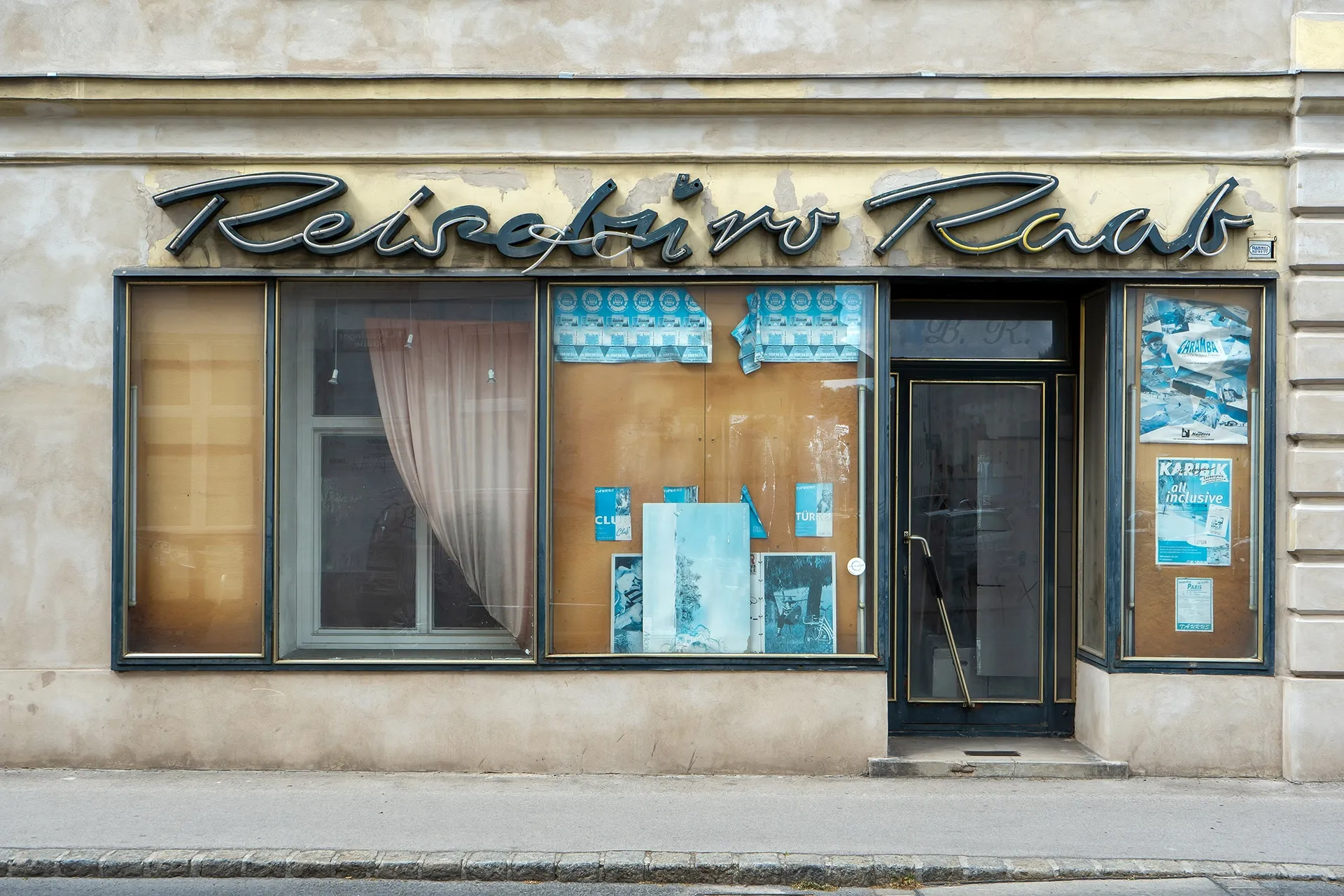
Use vacant properties!
Vienna is growing, yet at the same time, spaces for living, culture, education, and commerce remain vacant. In the fall of 2024, a broad alliance of Viennese and nationwide architectural and cultural institutions organized a three-part discussion series entitled "Utilize Vacancies! Ways to activate vacant properties in Vienna." The discussion series was accompanied by considerable media interest and, in the run-up to the 2025 Vienna state and municipal elections, placed the recording and use of vacant properties in Vienna on the political agenda. The discussion series is based on a catalog of demands that summarizes numerous measures for activating vacant properties in Vienna
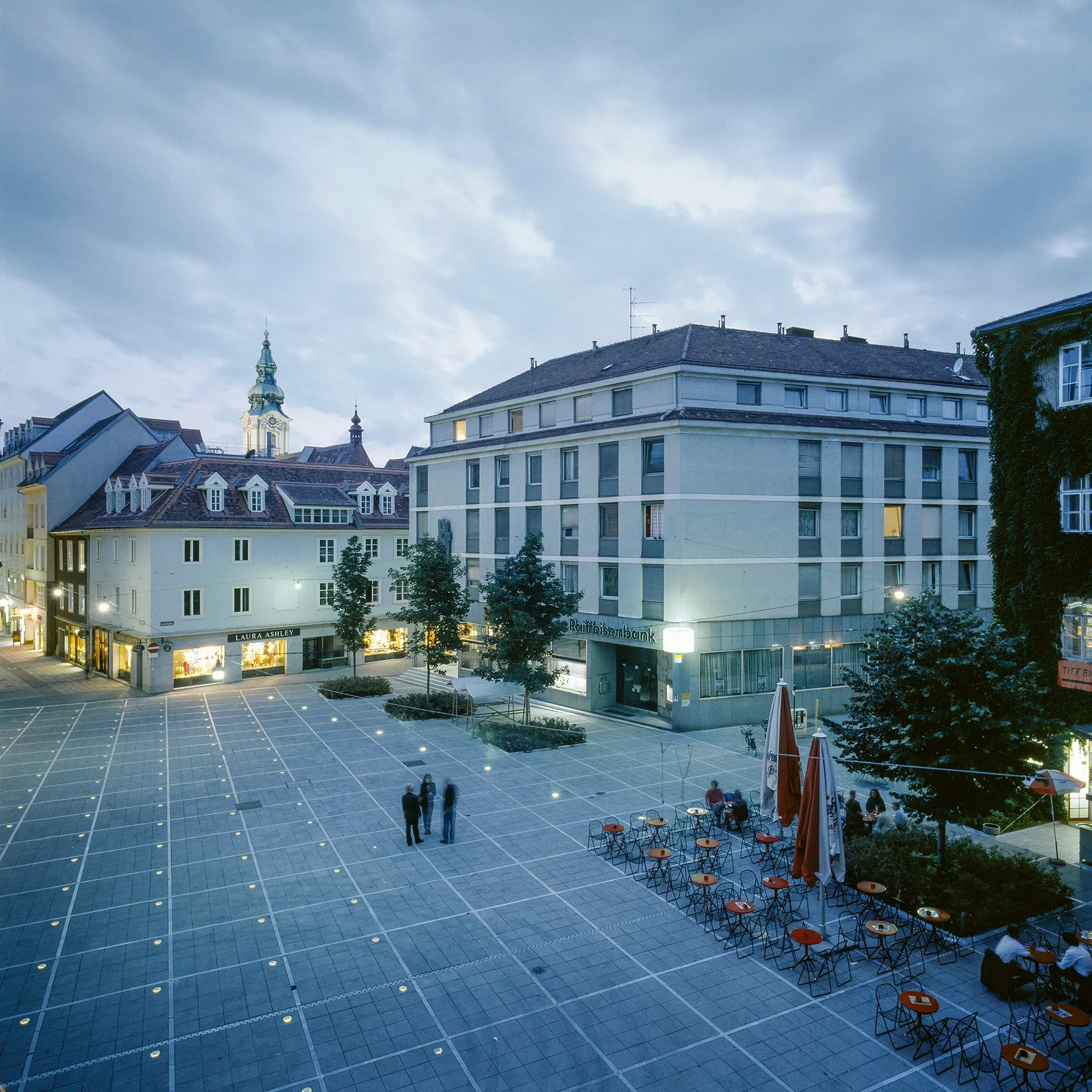
SOS Tummelplatz
In a few days, on 27 June 2023, the "Redesign Tummelplatz" competition will be decided. The jury meeting that decides the competition is probably the last chance to discuss whether the Tummelplatz should actually be redesigned or rather renovated. An appeal to the competition jury.
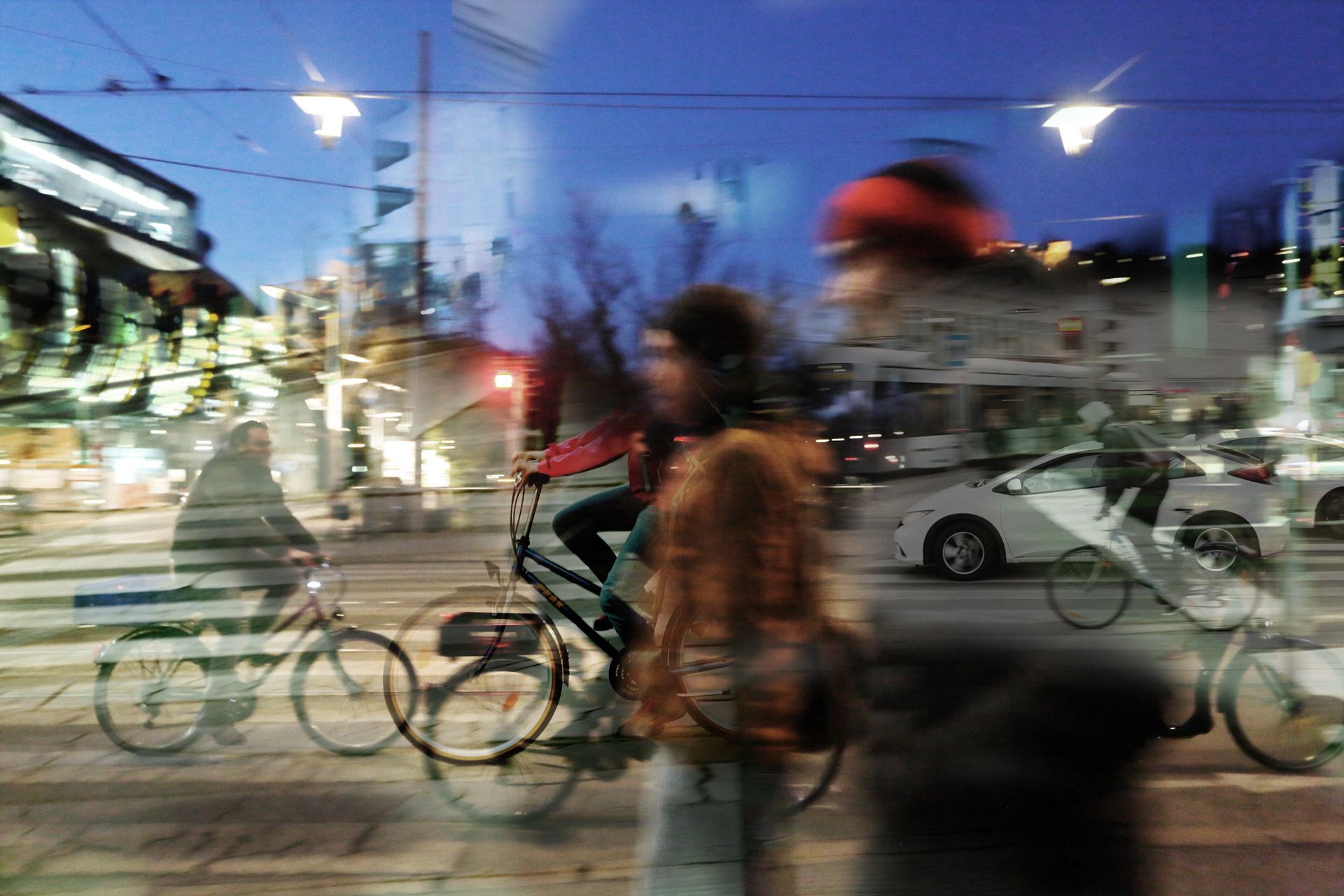
Project of the century
In December, the Graz City Council is set to decide on the new city tunnel for the S-Bahn. If this democratically legitimised decision on the S-Bahn expansion is accepted, many questions arise regarding the further planning of this once-in-a-century project. The involvement of experts and the public will be crucial to its future viability